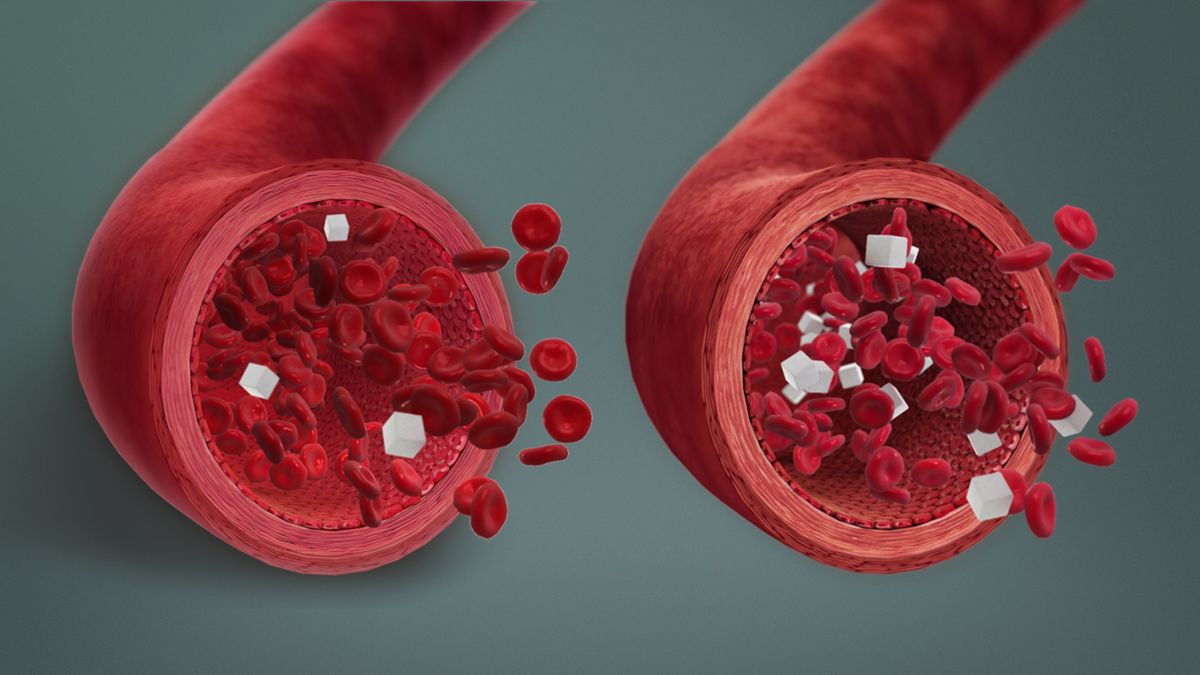
The normal range of glucose concentration in the blood is held in relatively close values (3.4 to 5.2 mmol / l) due to the complex system of mutual connections between brain cells, body fluids and cellular mechanisms.
The function of the central nervous system cells is very dependent on the concentration of sugar found at the cell membrane or in the circulation.
Indispensable source of energy for other tissues (skeletal muscles, heart muscle, adrenal gland and other tissues) are fatty acids, resulting as a decomposition of fat. On this way the body saves and uses glucose only for central nervous system cells. Hormones that reacts on the drop of sugar in blood are: insulin and glucagon (pancreas hormones), catecholamines (adrenal gland marrow hormones), corticotrophins and cortisone (adrenal cortex hormones) and growth hormone (pituitary hormone).
Hypoglycemia is a phenomenon characterized by a sudden drop sugar level in blood (glucose fall).
The most common causes of hypoglycemia can be divided based on levels of insulin in the blood after 12-our starvation: Hypoglycemia with increased insulin concentration - is often caused by inadequate treatment of patients with diabetes (a large dose of insulin after a meal, received inadequate insulin, strenuous physical activity after a dose of insulin) Hypoglycemia without increasing concentrations of insulin - resulting from impaired liver function, adrenal gland diseases, excessive use of alcohol, nonpancreas tumors. Hypoglycemia independent of the state of hunger - is usually the result of insulin secretion disorders due to the disturbed signals in the pancreas cells disorders of enzymes involved in the transport of insulin. Syndrome of hypoglycemia involves two groups of signs and symptoms.
The first group occur as a result of an insufficient supplying the brain with glucose including headache, dizziness, blurred vision, confusion, impaired fine motor activities, convulsions, and in the most severe form, loss of consciousness.
The second group is compensatory activation of the sympathetic nervous system classified as sweating, tremor (shaking), accelerated heartbeat, anxiety and hunger.
For the diagnosis of hypoglycemia is necessary to establish: the existence of signs and symptoms and the presence of low glucose level at the time of onset and elimination of symptoms and signs and low glucose level after treatment with food or glucose.
Symptomatic treatment is always the same no matter what causes hypoglycemia, including the application of exogenous glucose in two possible ways-orally or intravenously.
Every diabetic needs to recognize hypoglycemia. If illness is well controlled hypoglycemia is not very common and it is easily treated. It is enough that the patient eat 2-3 tablespoons sugar or honey or to drink sweetened water or lemonade (one large spoon of sugar in a glass of water). If after 20 minutes (this is the period in which the glucose reaches the blood) person still feel exhausted, he/she should eat half a slice of bread and drink some milk.
Hypoglycemia is the reason that diabetics are advised to always have on hand 3-5 sugar cubes, candy or chocolate. To prevent occurrence of hypoglycemia during the night evening snack is very important. That means taking a fruit, yoghurt with some bread or 2-3 salty cookies.
The experiences are different, but a good part of the insulin treated diabetics are able to eat everything they find under the hand during hypoglycemia. If excessive amount of food is entered that will certainly cause rise in blood sugar, some people with diabetes in this case resort to add a small dose of fast acting insulin after meals.
A further decline in blood sugar or hypoglycemia deepening on leads to the occurrence of hypoglycemic coma.


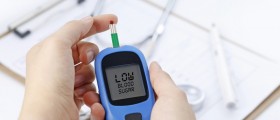
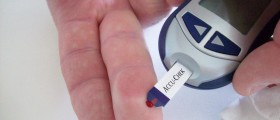
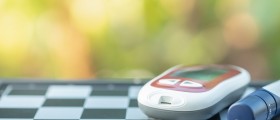
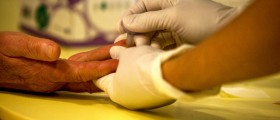
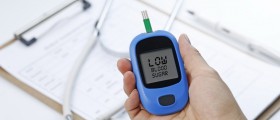
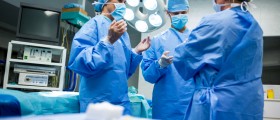

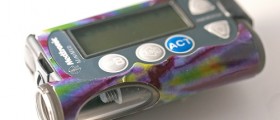

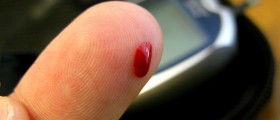
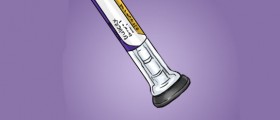

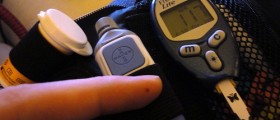
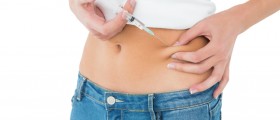
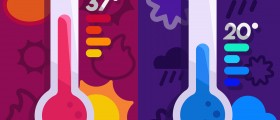
Your thoughts on this
Loading...